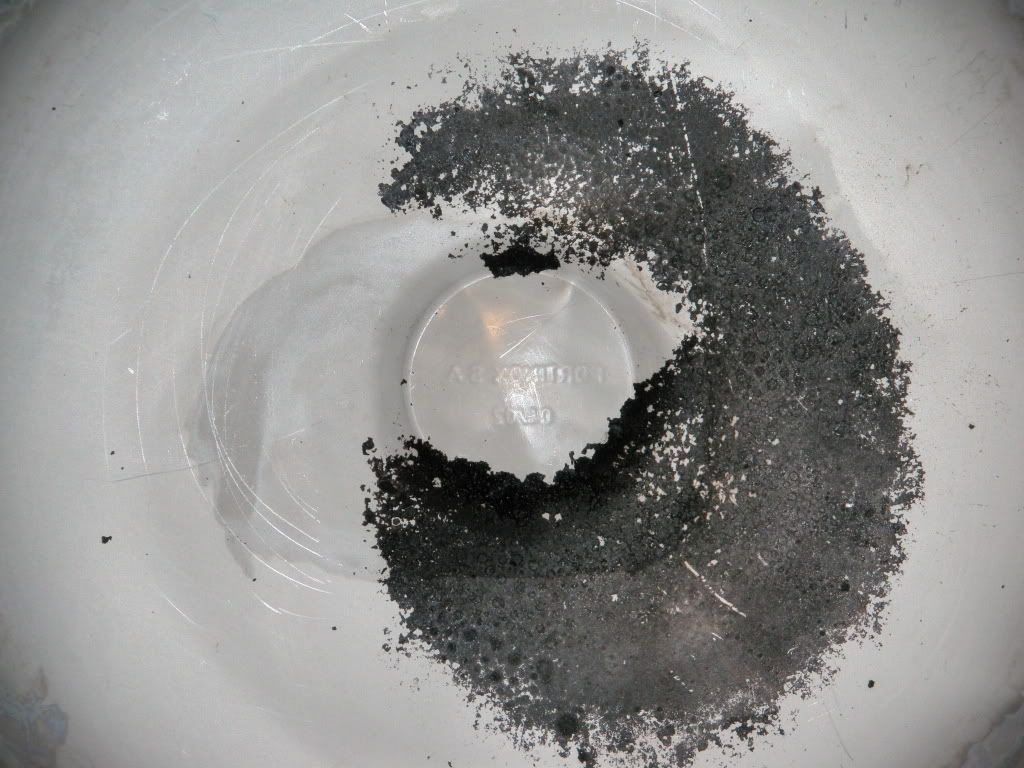I work with someone with the same story. He worked at Coors and told me EVERYTHING was SS, even the drain/sewage system. He also taught me how to TIG and stick.
Sounds like a hardcore job. How thick was this SS pipe? I'm assuming you used an angle grinder. What size? What brand of brush?
The stainless pipe I've welded varied in thickness from .035" to .5"
1/2" diameter up to 24" in diameter.
Yes, angle grinders were used. 4 1/2" and 7" grinders were used.
We used grinders to prep the bevel.
Most often a wafer disk or cut-off disk to feather the tacks, and starts and stops. We used an ordinary stainless steel wooden handled wire brush to remove weld discoloration after capping the weld when complete.
A wire wheel on a grinder will rough up the surface, so using them is not a good idea.
After all welding was complete X-rays were taken of random welds or 100% depending on the type of service, by the inspector.
Then the piping was hydro-statically tested to 1 1/2 times the service pressure. So if the pipe was to be under 900psi of service pressure it was pressurized to 1350psi and held at that pressure for the period of an hour with no allowable pressure drop.
After hydro testing the pipe was installed. NOOOOO repassivation!
Again, strict adherence to procedure was followed.
Codes I've followed while welding were ASME B31.1 and B31.3, API 1104, ASME BPVC, and AWS D1.1
Stainless steel is very resilient, very forgiving, and an amazing metal if you know how to work with it.





















![Craft A Brew - Safale S-04 Dry Yeast - Fermentis - English Ale Dry Yeast - For English and American Ales and Hard Apple Ciders - Ingredients for Home Brewing - Beer Making Supplies - [1 Pack]](https://m.media-amazon.com/images/I/41fVGNh6JfL._SL500_.jpg)





































